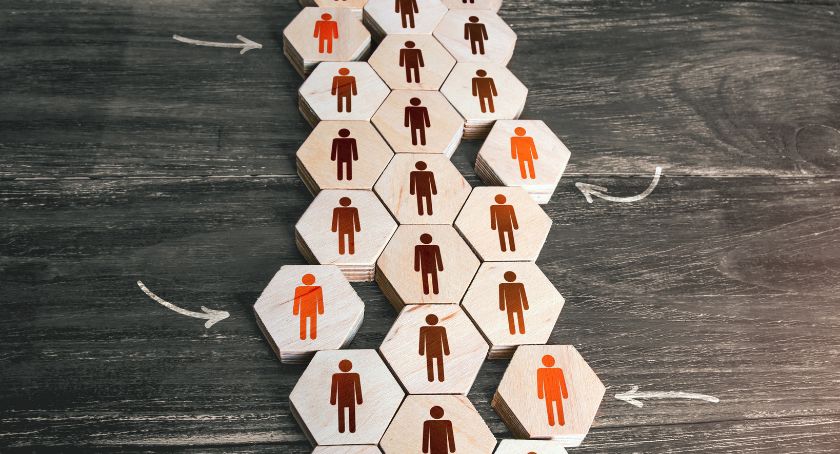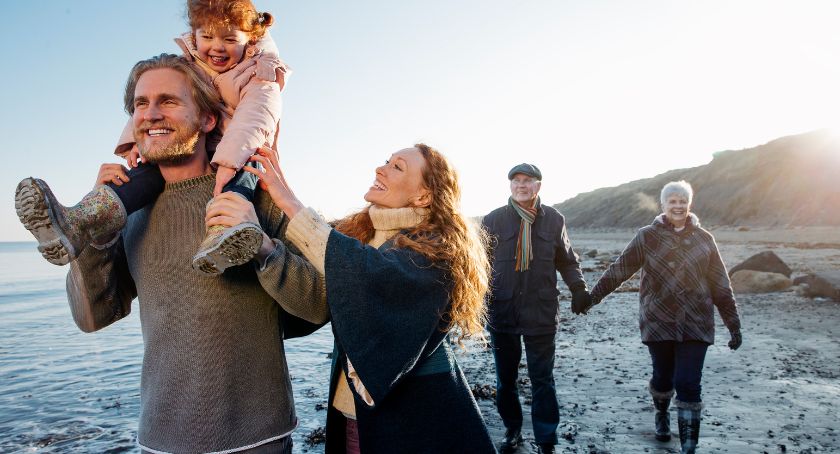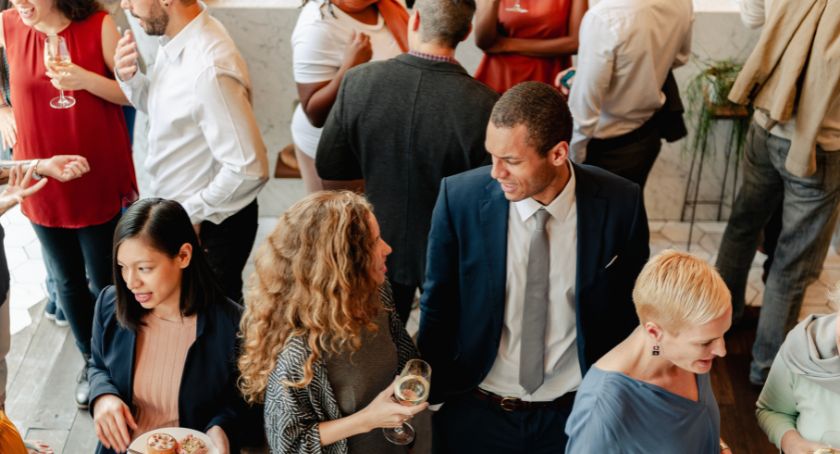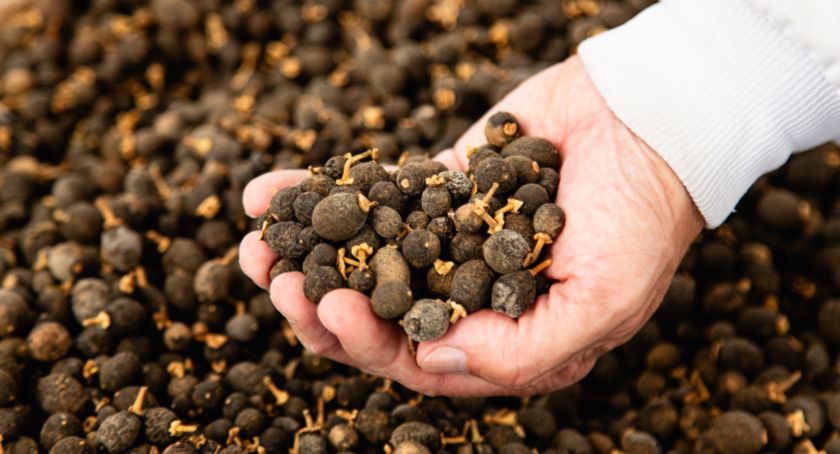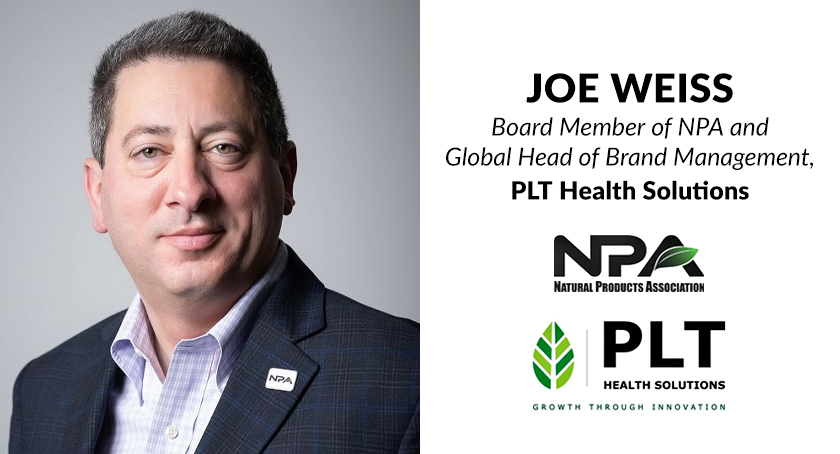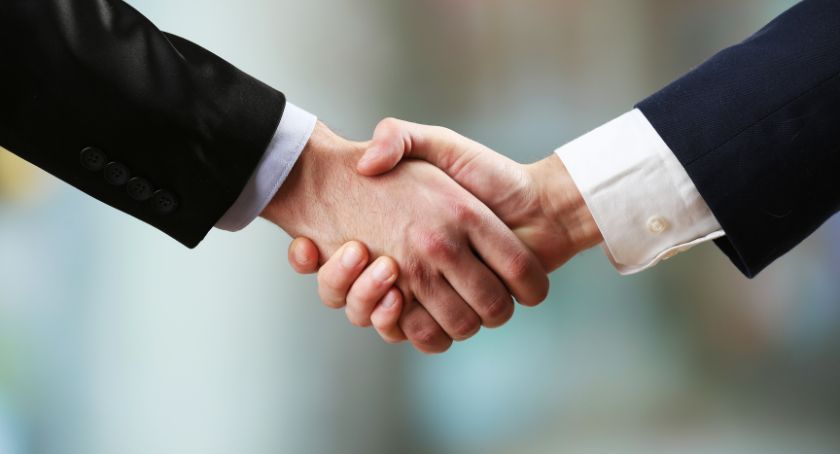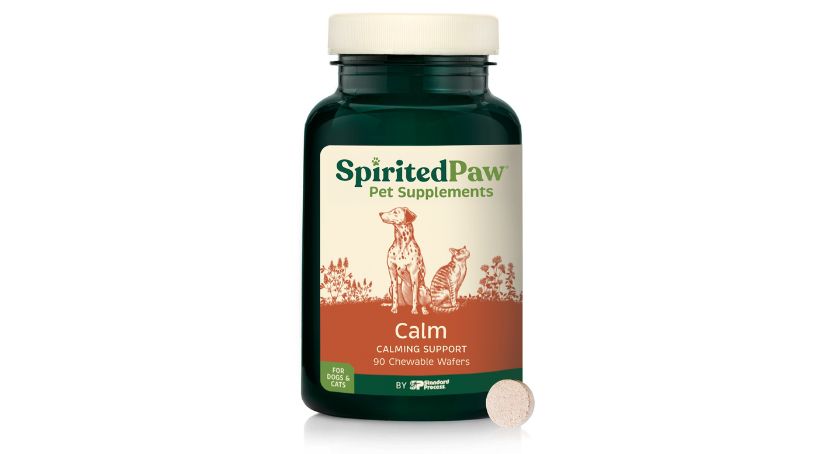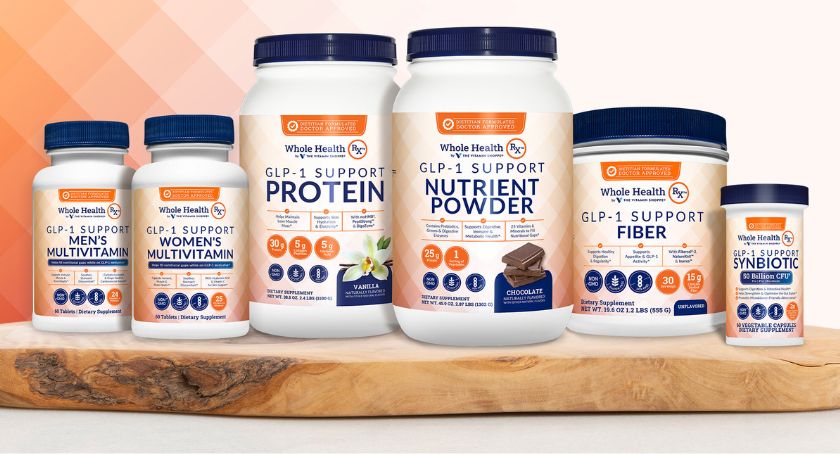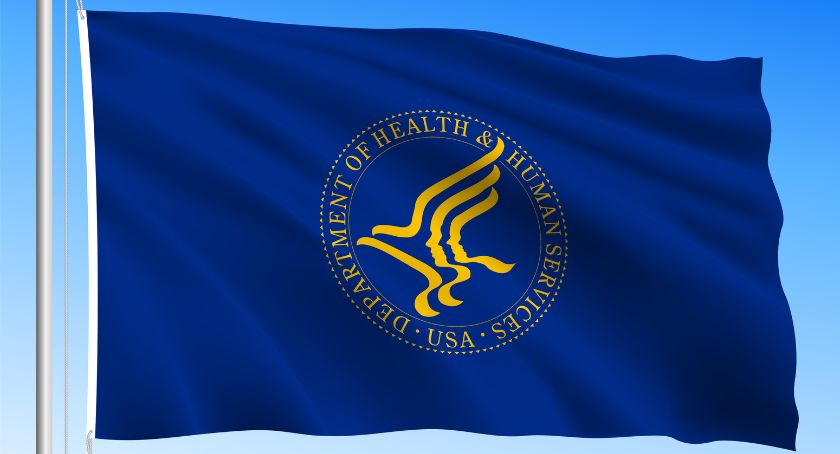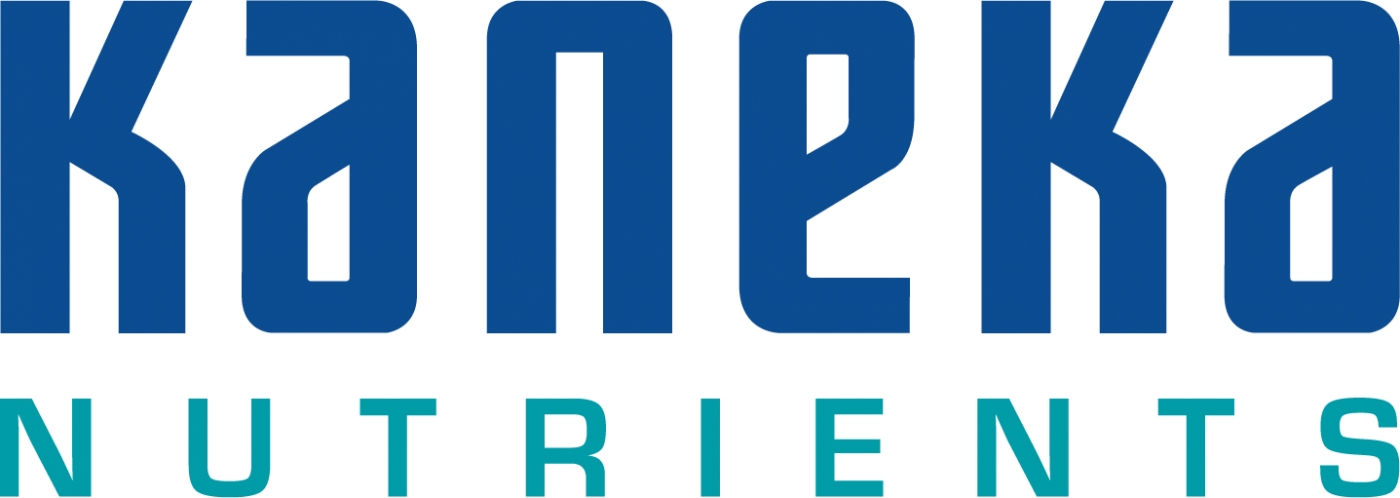Editorial
Wellness is Top-of-Mind. Brands Are Banking on the Staying Power of Self-Care
People are investing in their own health, but consumers aren’t satisfied with product options.

By: Sean Moloughney
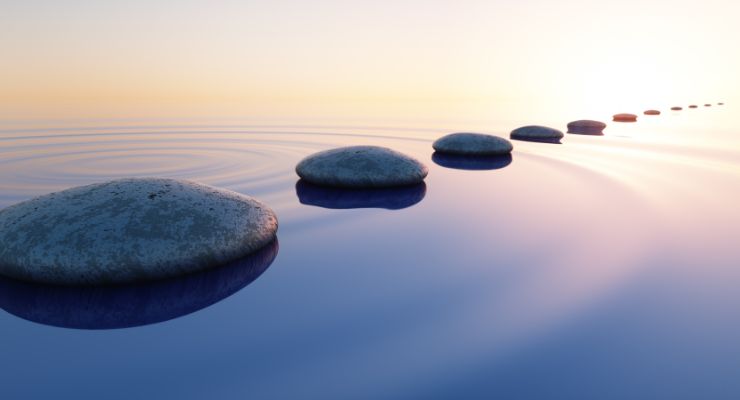
In the U.S., the economic outlook appears to be brightening (as of summer 2023), with worries of a prolonged recession lessening—a welcome development following 2022’s rampant inflation, stock drops, and seven interest rate hikes from the Federal Reserve. Still, whether we’ll make that so-called “soft landing” is anyone’s guess.
At least one thing is clear: the wellness megatrend has staying power. According to McKinsey & Company, the global consumer health and wellness market is worth more than $1.5 trillion. Following the pandemic, people around the world are increasingly prioritizing their health and are planning to spend more money on wellness products and services.
Want to learn more about Wellness? Join us November 3 in NYC for a 1-day Conference and Tabletop Exhibition.
Even amid economic uncertainty, products that address health, fitness, nutrition, appearance, sleep, and mindfulness are gaining more followers as consumers realize the importance of self-care. Conversations about mental health and its connection to physical health are more common too, particularly with chronic stress and sleep issues.
Notably, young people in particular are investing more in their health today compared to previous generations, but they aren’t all satisfied with their options. About a third of surveyed consumers overall find current wellness products and services insufficient to meet their needs, McKinsey’s report noted, particularly for sleep and mindfulness.
Additionally, nearly half of Black consumers said they needed more wellness products and services to meet their needs, compared to just 30-35% of white consumers. Marginalized, underrepresented, and underinvested consumer groups deserve products that address their health needs and preferences. In our latest issue of Beauty Inside & Out, we’ve highlighted some brands and business owners who have made it their mission to help bridge that market gap.
Meanwhile, a recent Mintel report noted that 72% of U.S. consumers say that society’s idea of beauty is too rigidly defined. It’s critical for the old-guard perception of beauty in popular culture to evolve and represent consumers from all walks of life—and all body types—including those who have historically been left out of the conversation.
Young people too often have negative self-assessments of their appearance, especially when compared to social media filters. With more than 1 billion monthly active users, TikTok’s influence has grown rapidly, especially with 18-24 year olds. Along with the advent of generative artificial intelligence (AI), it’s even more important for brands and communities to accept and embrace everyone—and every body—with positivity.




